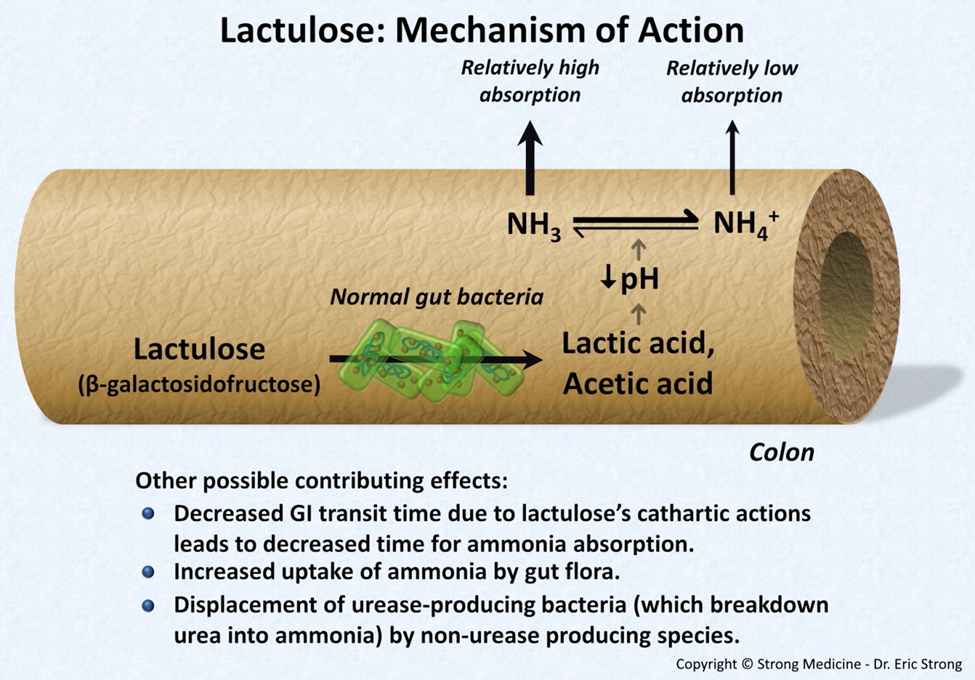A nurse working for a home health agency is teaching a client diagnosed with diabetes mellitus about disease management. Which of the following glycosylated hemoglobin (HbA1c) values should the nurse include in the teaching as an indicator that the client is appropriately controlling their glucose levels?
7.8%
8.5%
10%
6.3%
The Correct Answer is D
A. 7.8%
An HbA1c value of 7.8% indicates an average blood sugar level over the past 2-3 months that is higher than the optimal range. This suggests that the client may not be achieving optimal glucose control.
B. 8.5%
An HbA1c value of 8.5% also indicates elevated average blood sugar levels over the past few months. This value suggests poorer control of diabetes, and adjustments to the management plan may be needed.
C. 10%
An HbA1c value of 10% indicates higher average blood sugar levels, signifying inadequate control of diabetes. This value suggests a need for intervention and modification of the treatment plan to achieve better glucose management.
D. 6.3%
An HbA1c value of 6.3% is considered a relatively good indicator of glucose control. This value suggests that the client has been successful in maintaining lower average blood sugar levels over the past 2-3 months, reflecting effective diabetes management.
Nursing Test Bank
Naxlex Comprehensive Predictor Exams
Related Questions
Correct Answer is B
Explanation
A. Lactulose is not used to decrease potassium levels. It is a laxative that works by drawing water into the colon, softening stools and promoting bowel movements.
B. Lactulose is used to decrease ammonia levels in clients with cirrhosis. Ammonia is a byproduct of protein metabolism, and when the liver is compromised, it may not effectively convert ammonia into urea, leading to elevated ammonia levels in the bloodstream. Lactulose helps reduce ammonia absorption in the colon.
C. Lactulose does not decrease glucose levels significantly. It is not primarily used as an antidiabetic medication.
D. Lactulose does not affect bicarbonate levels significantly. It primarily targets ammonia reduction in clients with cirrhosis.

Correct Answer is D
Explanation
A. Applying a cold pack to the client's upper arm is not the first action. The priority is to assess and address the cause of the edema. Cold packs may be used for comfort, but they do not address the underlying issue.
B. Removing the PICC line is not the first action. Before considering removal, it is essential to assess the extent and cause of the edema. Removing the line without proper evaluation could lead to premature discontinuation of necessary treatment.
C. Notifying the provider who inserted the PICC line is important, but it is not the first action. The nurse needs to assess and intervene promptly. The provider should be informed after initial actions are taken.
D. Stopping the infusion and measuring the circumference of both upper arms is the first action. This helps determine the extent of the edema and whether it is related to the infusion. It is crucial to assess for complications such as infiltration or extravasation of the TPN solution.
Whether you are a student looking to ace your exams or a practicing nurse seeking to enhance your expertise , our nursing education contents will empower you with the confidence and competence to make a difference in the lives of patients and become a respected leader in the healthcare field.
Visit Naxlex, invest in your future and unlock endless possibilities with our unparalleled nursing education contents today
Report Wrong Answer on the Current Question
Do you disagree with the answer? If yes, what is your expected answer? Explain.
Kindly be descriptive with the issue you are facing.
